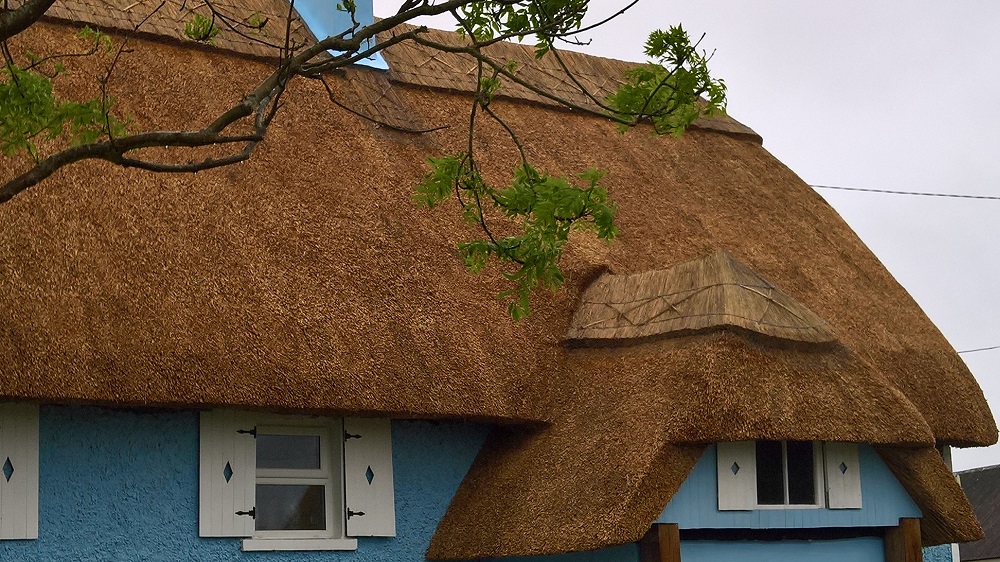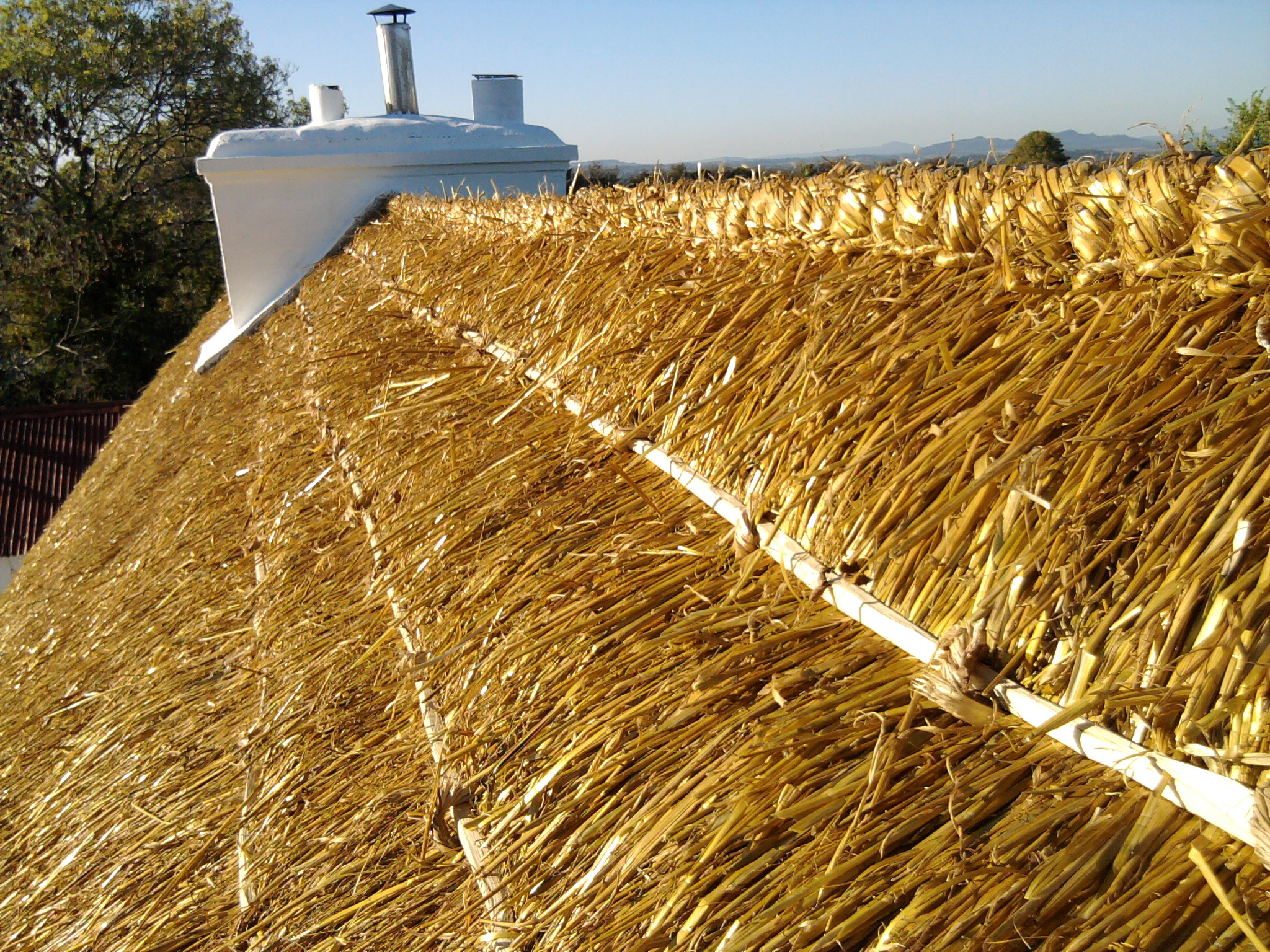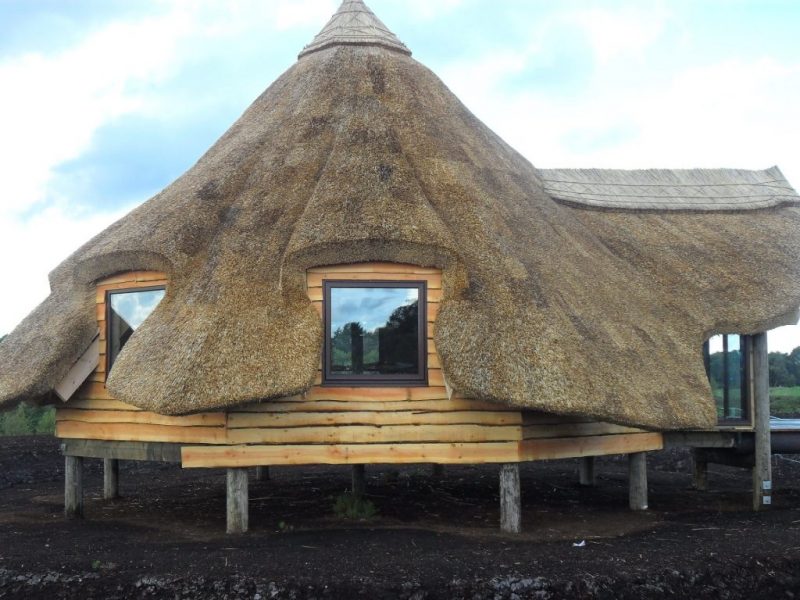Disclosure: ThatchFinder.com is reader-supported. “When you buy through links on our site, we may earn an affiliate commission.” Learn more.
The Dorset Model
- Thatching Suppliers, Tools and Equipment »
- The Dorset Model
Read The Dorset Model Online
Thatched buildings - The Dorset model
Advice about the requirements for the extension or construction of new buildings with thatched roofs that are within 12m of a boundary.
The 'Dorset Model' has been jointly produced by the Local Authorities across Dorset in conjunction with Dorset Fire & Rescue Service, the National Society of Master Thatchers, and after consultation with the National Inspection Council for Electrical Installation Contracting and the Building Research Establishment Ltd on the basis that evidence has shown that thatch can be made sacrificial in the event of fire.
We recommend early consultation with a member of Building Control staff when considering thatch as each proposal is considered upon its own merits.
This uniform approach to thatched buildings is now being recommended where compensatory requirements are considered acceptable to achieve compliance with the Building Regulations.
Building Control requirements
- rafters are to be overdrawn with a minimum 30 minute fire barrier (integrity and insulation) which should be water resisting
- 50 x 25 battens are recommended on a micro-porous boarding to allow the thatch to breathe (Dorset Fire and Rescue Service recommend a 60 minute barrier)
- the use of a flexible material or cavity foam as a fire resisting barrier is not acceptable for the purposes of the Dorset Model
- the chimney, including the pot, should end at least 1.8m above the height of the ridge
- due to the risk of condensation forming as hot gases cool, chimney pots should be limited to a maximum height of 600mm
- a domestic mains and battery powered, interlinked smoke alarm system will be required with one smoke alarm fitted in the roof void
- the smoke alarm system should be in accordance with Approved Document B to B.S. 5839 Pt. 6: 2004
- a terrace may not consist of more than three thatched dwellings together
- the use of intumescent mastic is required to help seal the fire barrier along all its junctions
The written comments of the adjoining property owner may be requested by the local authority for consideration.
Further recommendations
- the provision of a loft hatch is recommended for fire fighting purposes (the minimum recommended size is 600mm x 900mm)
- advice should be sought from an approved electrical contractor regarding the most appropriate type of wiring system
- effects from rodent damage and straw debris need to be considered by the approved electrical contractor
- it is NOT recommended to install recessed lighting into the ceilings below the thatch
- light fittings within the roof space to be in a bulkhead fitting
- external floodlights should not be located under the eaves of the thatch
- spark arrestors on the flues are NOT recommended because they can clog and restrict the flow of flue gases
- it is recommended that an external water tap supplied from the rising main is fitted with a hose capable of reaching all parts of the roof
- any metal plumbing in roof space should use compression joints to avoid the use of blow torches
- in order to achieve a 'U' value of 0.2w/m²K for thatched roofs, the following was taken from CIBSE Guide A3:
- reed = thermal conductivity 0.09 and a resistivity of 11.1
- straw = thermal conductivity 0.07 and a resistivity of 14.3
- this gives a 'U' value of 0.2/m²K for 450mm of reed and 350mm of straw. On this basis ceilings may require additional insulation.
70% of fires in thatched homes are caused by solid fuel burning appliances. Installation of a woodburners or a multi fuel appliances requires great caution due to the extreme temperatures generated over long periods of use.
Fire Service personnel may need to consider how best to deal with thatch fires incorporating a fire barrier. The barrier must remain unbroken during fire fighting operations.
Help the emergency services
To assist the emergency services, all "Dorset Model" properties are being listed on a national database.
All homeowners, builders and thatchers should register by emailing the property details to this address.






